Gokseong Dorimsa Temple (도림사(곡성))
0m 10285 2021-05-14
175, Dorim-ro, Gokseong-gun, Jeollanam-do
+82-61-362-2727
Dorimsa Temple was built by Monk Wonhyo in 660 during the 7th year of King Muyeol. Located approximately 4 kilometers west of Gokseong-eup, the temple houses Bogwangjeon Hall, Yaksajeon Hall, and Eungjindang Hall, among other buildings. The nature surrounding the temple is beautiful all year round, and the water flowing through the nearby valley makes it a popular place to visit during the hot summer season.
Gokseong Leisure Culture Center (곡성 레저문화센터)
3.8 Km 5590 2021-08-06
855, Gokseong-ro, Gokseong-gun, Jeollanam-do
+82-61-360-8343
Gokseong Leisure Culture Center was built to provide culture, education, and leisure facilities to the public. There are three concert and lecture halls, Dongak Art Hall, Seomjin Hall, and Daehwang Hall. There are also facilities for hobby and health classes. The center opened on March 11, 2010.
Gokseong Dangunjeon Shrine (곡성 단군전)
3.9 Km 24330 2021-05-27
33, Yeongun 1-gil, Gokseong-gun, Jeollanam-do
+82-61-360-8379
Dangunjeon Shrine was built in honor of Dangun, a legendary figure known to be the founder of Gojoseon, or ancient Korea. He is known to be the grandson of the heavens and the son of Hwanung. According to the legend, Hwanung was approached by a bear and a tiger who wished to become human beings. Hwanung attended to their plea by instructing them to avoid sunlight for 100 days and live only by consuming garlic and mugwort. Unlike the tiger who gave up, the bear followed the instructions faithfully and transformed into a woman, who then married Hwanung and gave birth to Dangun.
Located near Yeonguncheonbyeon in Gokseong-eup, Dangunjeon Shrine was first founded in Hakjeong-ri, Samin-dong in 1916 by Shin Tae-yun, also known as Baekdang, but later moved to its current location and went through reconstruction in 1931. An annual ancestral rite takes place at the shrine on October 3 (National Foundation Day) and March 15 to pay respects to Dangun. Dangunjeon Shrine was also a place where civilians gathered to take an oath of patriotism in action against the Japanese during the Japanese colonization period; a stone plaque commemorating the March 1st Independence Movement and Baekdang Memorial Hall dedicated to Shin Tae-yun can also be found within the area. Shin Tae-yun was captured by Japanese soldiers during the March 1st Independence Movement and served two years in prison.
Chaewondang [Korea Quality] / 채원당 [한국관광 품질인증]
4.4 Km 11330 2020-12-12
217-28, Gichamaeul-ro, Gokseong-gun, Jeollanam-do
+82-10-5000-1523
Chaewondang is a traditional Korean house located just in front of Seomjingang River Train Village, the best tourist spot in Gokseong. It is only 200 meters from the main gate of Chaewondang to the ticket office of the train village. Chaewondang boasts a well-shaped and spacious interior space, like a newly built Hanok. When you enter the room, you can feel the cleanliness of the uniqueness of the new house. The wooden pillars and beams, the eaves, and the roof of the tile create the charm of Hanok.
The grass yard, flower beds, and jangdokdae are also worth seeing and the rice paddies and rural scenery spread out in front of Chaewondang are picturesque.
The rooms are divided into sarang rooms and interior rooms. The sarang rooms are a place where a family can relax and take a rest comfortably. The interior rooms are equipped with a spacious living room and a room suitable for large family or group travel. The rich use of raw materials makes a pleasant tree smell. If reservations are made in advance, the breakfast table will be served with dasul gitang, daseulgi jeonggol, yukgaejang, and booger soup.
Guests will be offered a 30 percent discount on tickets to Seomjingang Train Village, and a discount ticket for train rafting, survival, and horse riding Usville. We also have various experience programs.
There are traditional Hanbok wearing, family motto brush writing experience, bicycle riding on a rural road, understanding of Hanok and joints system.
In addition to Seomjingang Train Village, there are many hidden tourist destinations in Gokseong, such as Seomjingang River Drive, Simcheong Hanok Village, Dorimsa Valley, Daehuang River Suspension Bridge, and Seomjingang goblin Village.
Gokseong International Rose Festival (곡성 세계장미축제)
4.6 Km 22973 2023-05-22
252-16, Gichamaeul-ro, Gokseong-gun, Jeollanam-do
• 1330 Travel Hotline: +82-2-1330 (Korean, English, Japanese, Chinese) • For more info: +82-61-360-8471
Gokseong-gun, famous for its train village, annually holds the Gokseong Rose Festival at the Rose Park located within the train village. A total of 1004 rose varieties from around the world will delight visitors while offering perfect photo opportunities. Visitors can also appreciate the vibrant beauty of roses while taking a ride on a railbike or by participating in various hands-on activities.
Seomjingang Train Village (섬진강기차마을)
4.7 Km 84099 2023-03-17
232, Gichamaeul-ro, Gokseong-gun, Jeollanam-do
+82-61-362-7461
Since its development in April 1999 as a part of government efforts to boost regional tourism, Seomjingang Train Village has established itself as a popular attraction in Gokseong. A replica of the region's old steam engine train runs 10 kilometers between the old Gokseong Station in Seomjingang Train Village and Gajeong Station. The train runs along the old tracks at a moderate speed, allowing passengers to enjoy the scenic view along the tracks.
Danpyun (단편)
4.8 Km 0 2024-02-19
202 Gichamaeul-ro, Ogok-myeon, Gokseong-gun, Jeollanam-do
Danpyun is a dessert café inspired by Korean rice cakes. Popular menu items include the danpyun uyu, filled with fresh blueberries, injeolmi chiffon (bean-powder-coated rice cake chiffon) and heugimja chiffon (black sesame chiffon), made with 100% domestically sourced rice. The picturesque view outside the window creates a gallery-like atmosphere, making it a perfect spot to enjoy alongside a visit to the Seomjingang Train Village located right next door.
Seomjingang River (섬진강)
8.1 Km 7905 2022-08-25
Okgwa-myeon, Gokseong-gun, Jeollanam-do
+82-61-360-8419
The Seomjingang River, one of the four major rivers in Korea, starts from Imsil and Sunchang. It merges with several bodies of water in Gokseong, Gurye and Hadong before flowing into the South Sea.
In Gokseong, the Seomjingang River is also known as the Sunjagang River. It flows about 36 kilometers through the region. A number of big and small valleys throughout the length of the river provide fantastic views and relaxation spots all year round. Also, Riverside Festival and Seomjingang Literature Forum are held every summer to offer fun summer activities along the river.
Samhwa Gwangwang Nongwon (삼화관광농원)
8.2 Km 34468 2024-03-04
208 Immyeon-ro, Gyeom-myeon, Gokseong-gun, Jeollanam-do
061-362-8586,7
Samhwa Gwangwang Nongwon is a Korean restaurant specializing in duck dishes. Its signature menu is the ori jeongol (duck hot pot). The rich broth, boiled with ample duck meat, vegetables, and perilla seeds, is exceptionally flavorful. Another popular dish is the ori jumulleok (spicy stir-fried marinated duck), where tender meat seasoned with spicy yet sweet sauce pairs perfectly with steamed white rice.
Maewoldang (매월당)
9.2 Km 0 2024-04-07
47-34 Maechon-gil, Geumji-myeon, Namwon-si, Jeonbuk-do
+82-63-636-1278
Maewoldang is a café that sells traditional Korean tea made from hand-picked tea leaves harvested in the wild. Their signature drink is Goryeo dancha (fermented wild tea), made by roasting leaves in an cast-iron pot using traditional methods, sourced from a large wild tea plantation discovered in Namwon's Maechon Village. Visitors can enjoy tea in a traditional thatched-roof house, and reservations are required in advance.
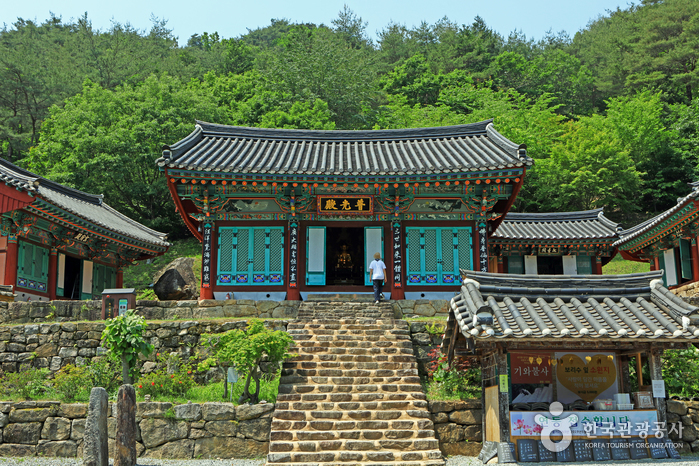
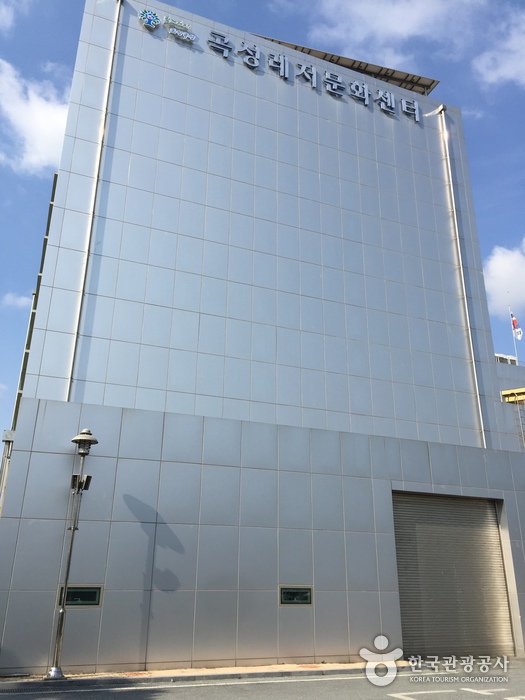
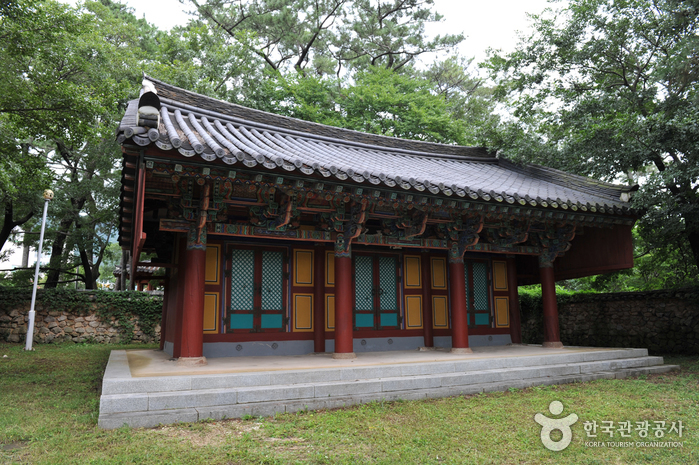
![Chaewondang [Korea Quality] / 채원당 [한국관광 품질인증]](http://tong.visitkorea.or.kr/cms/resource/14/1974014_image2_1.jpg)
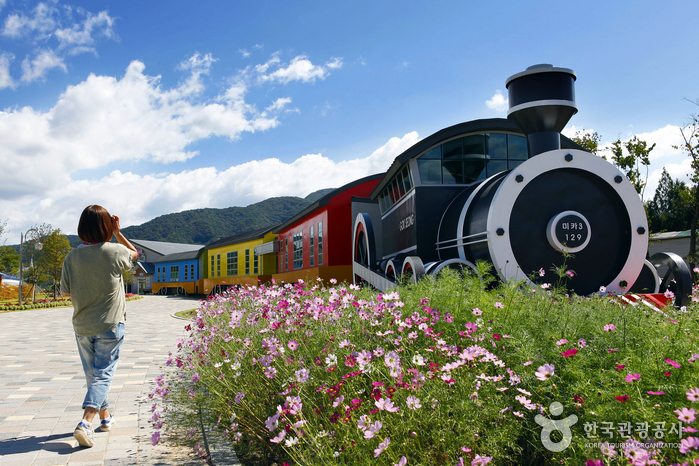
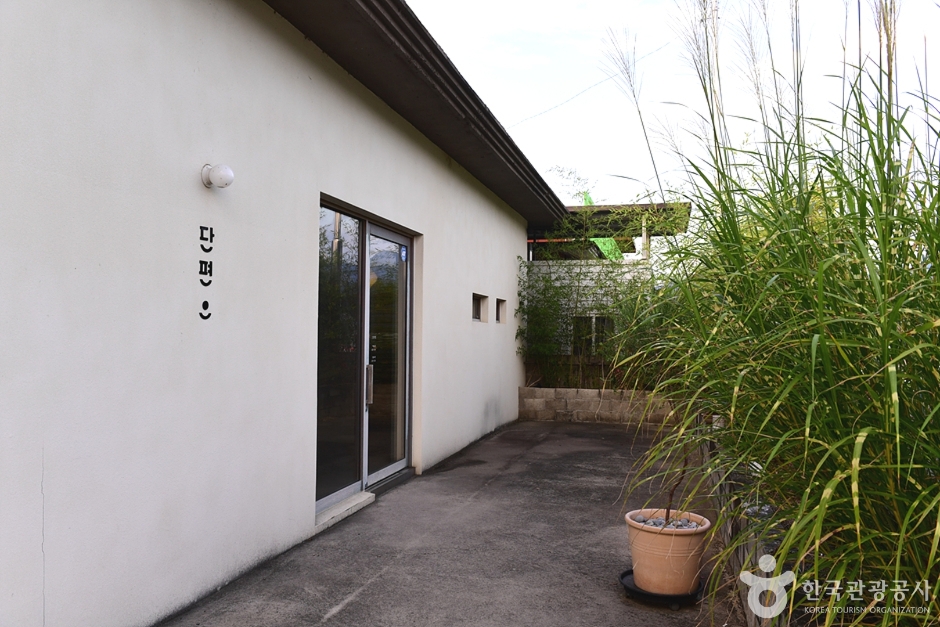
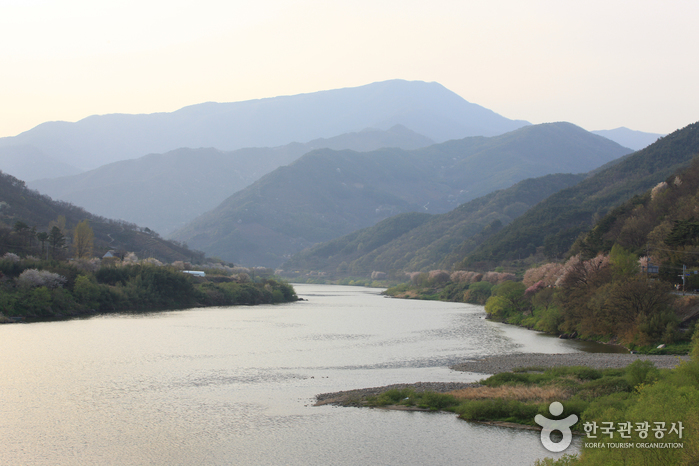

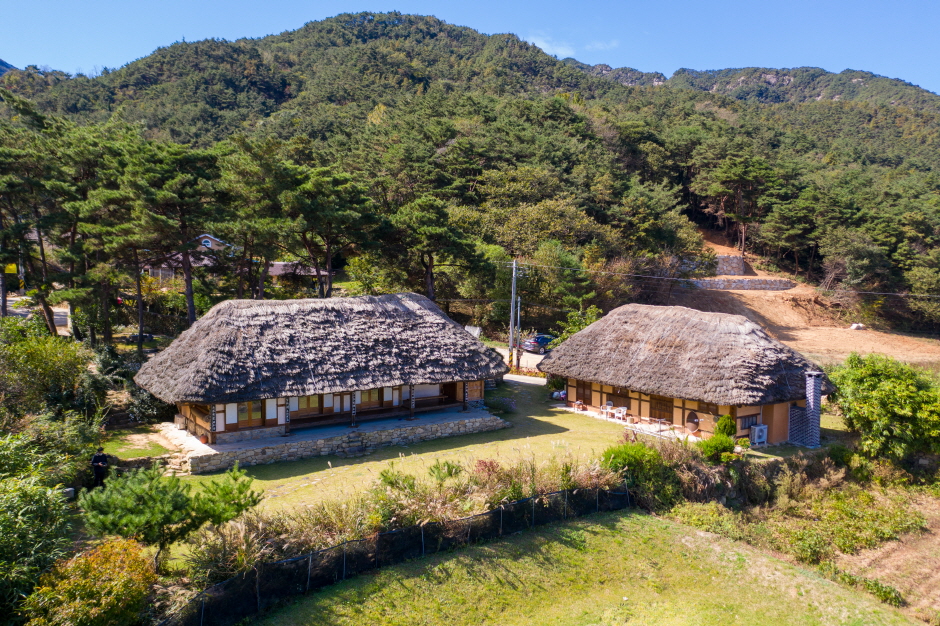
 English
English
 한국어
한국어 日本語
日本語 中文(简体)
中文(简体) Deutsch
Deutsch Français
Français Español
Español Русский
Русский